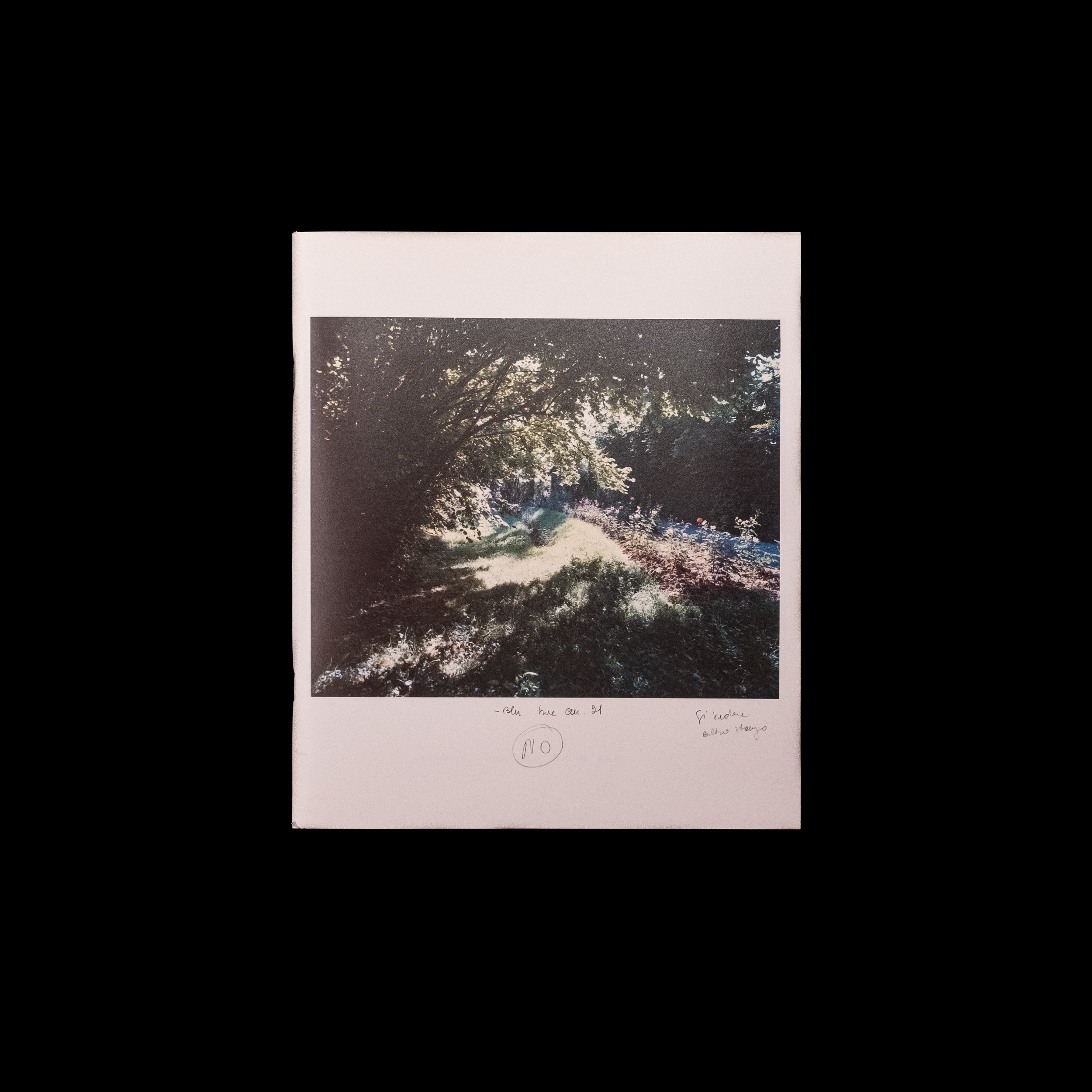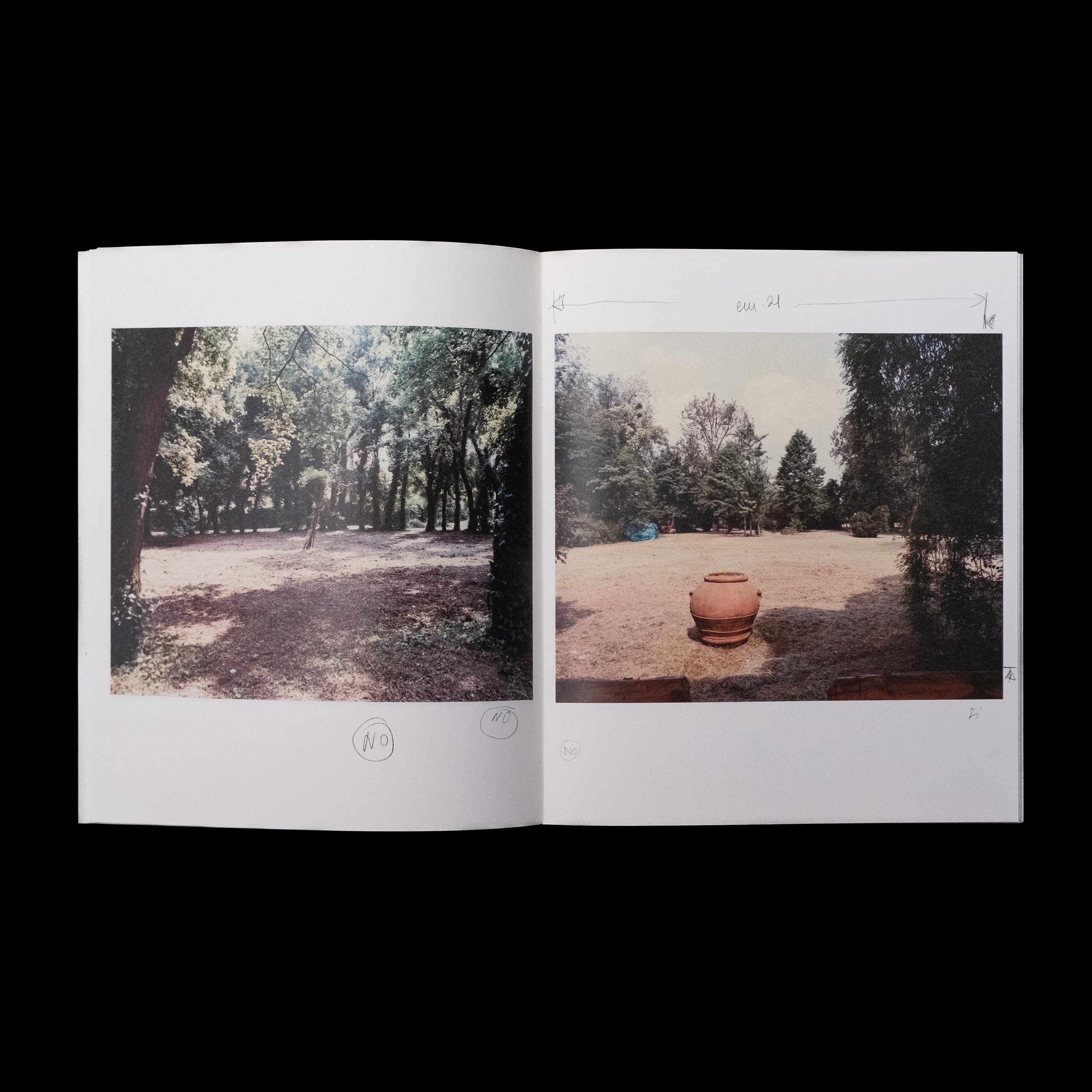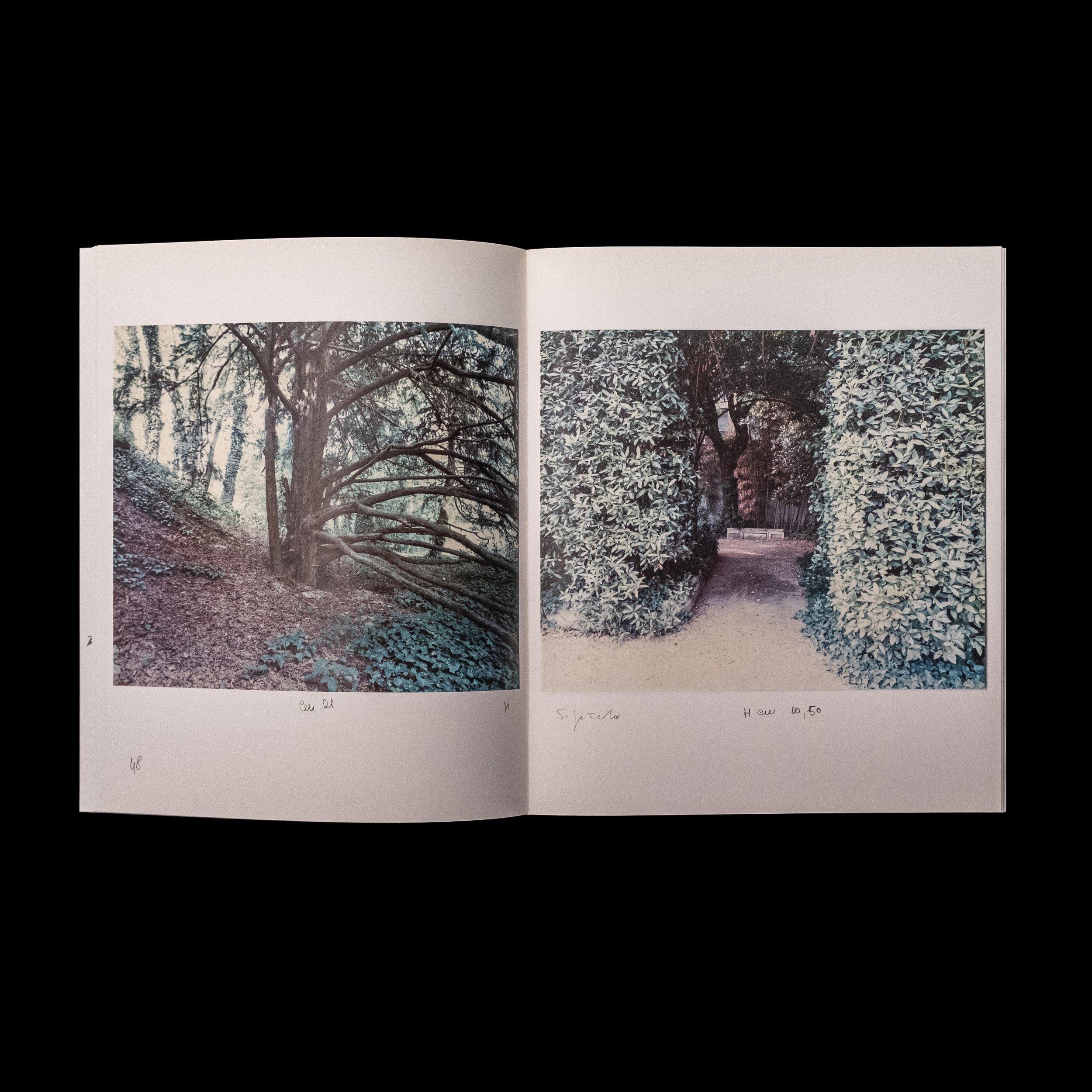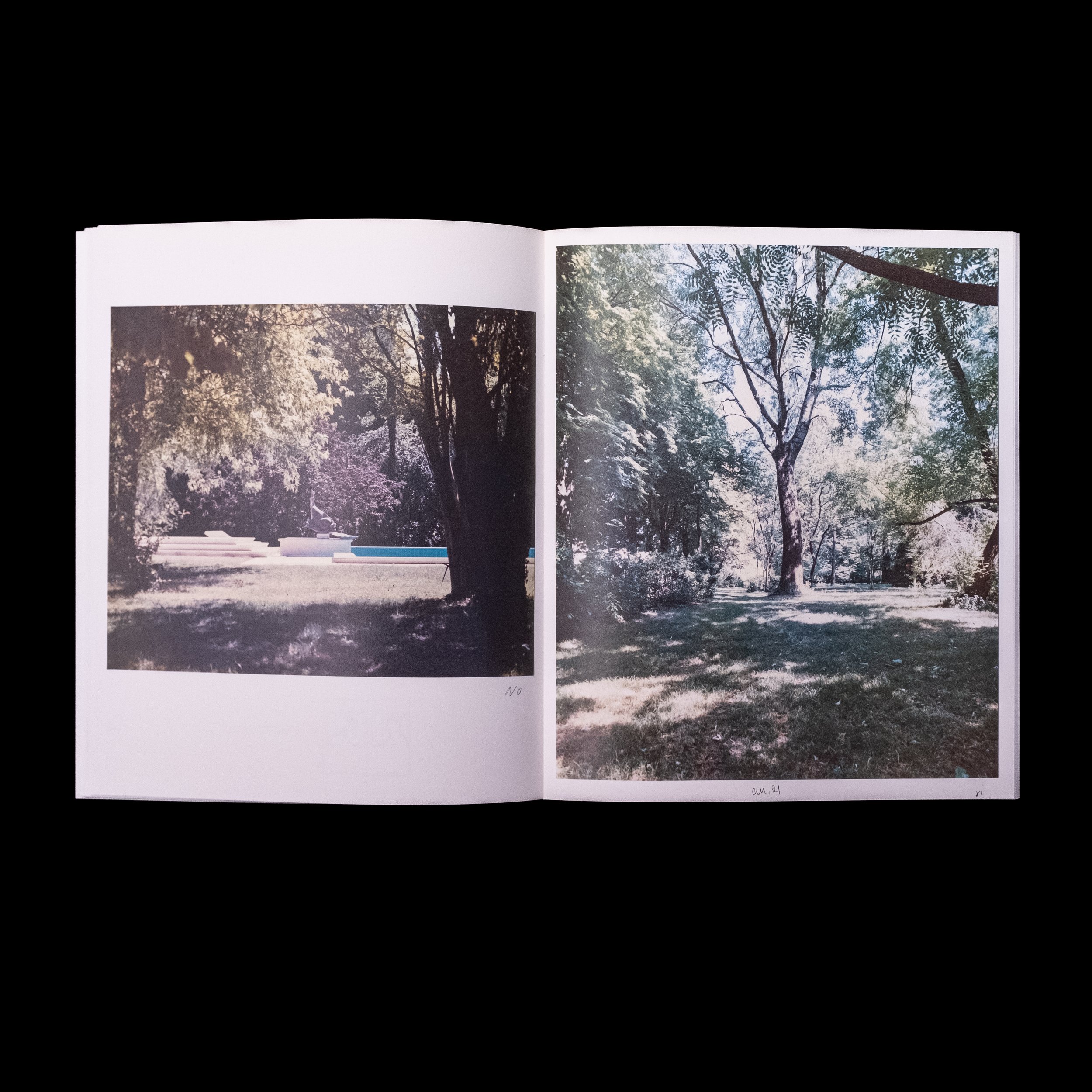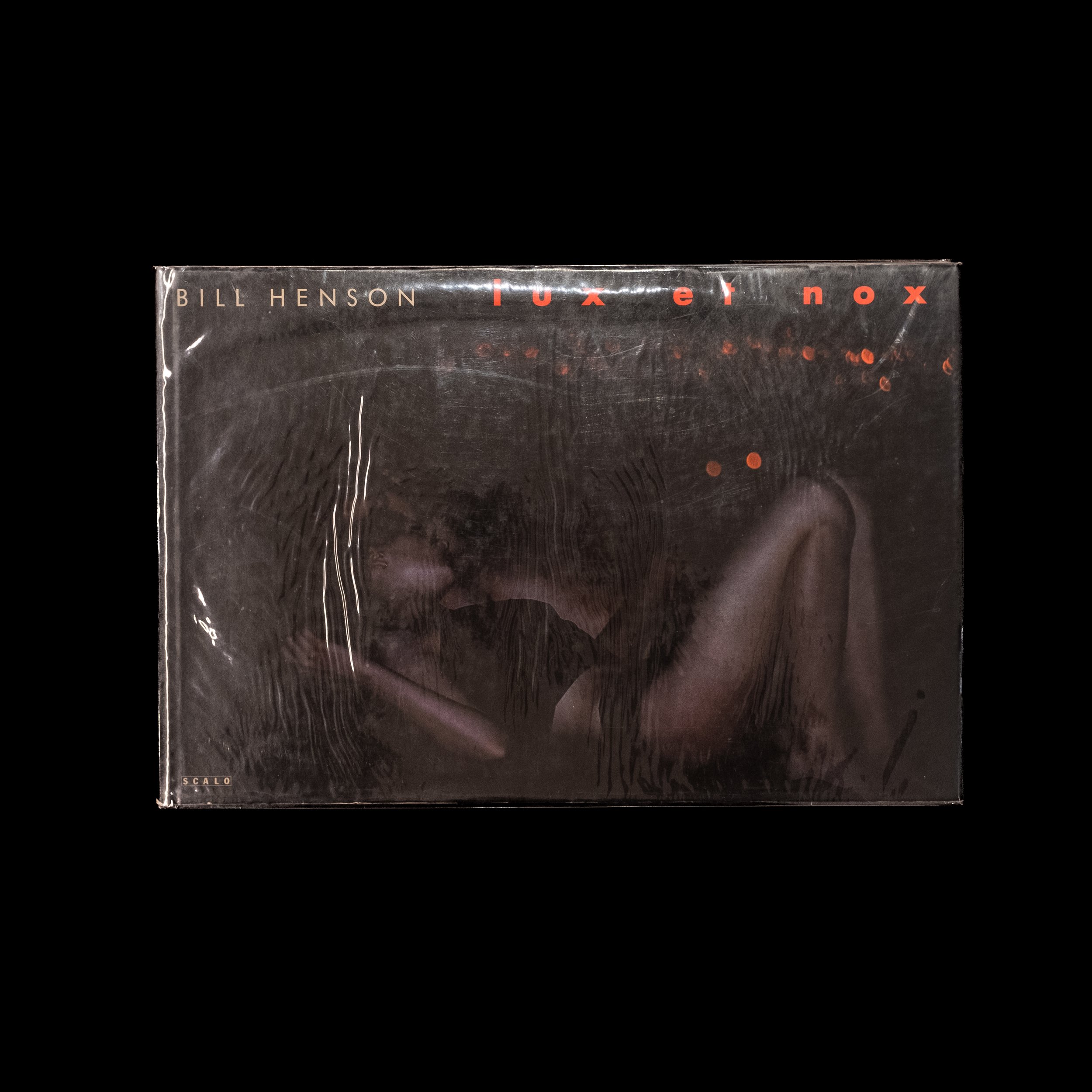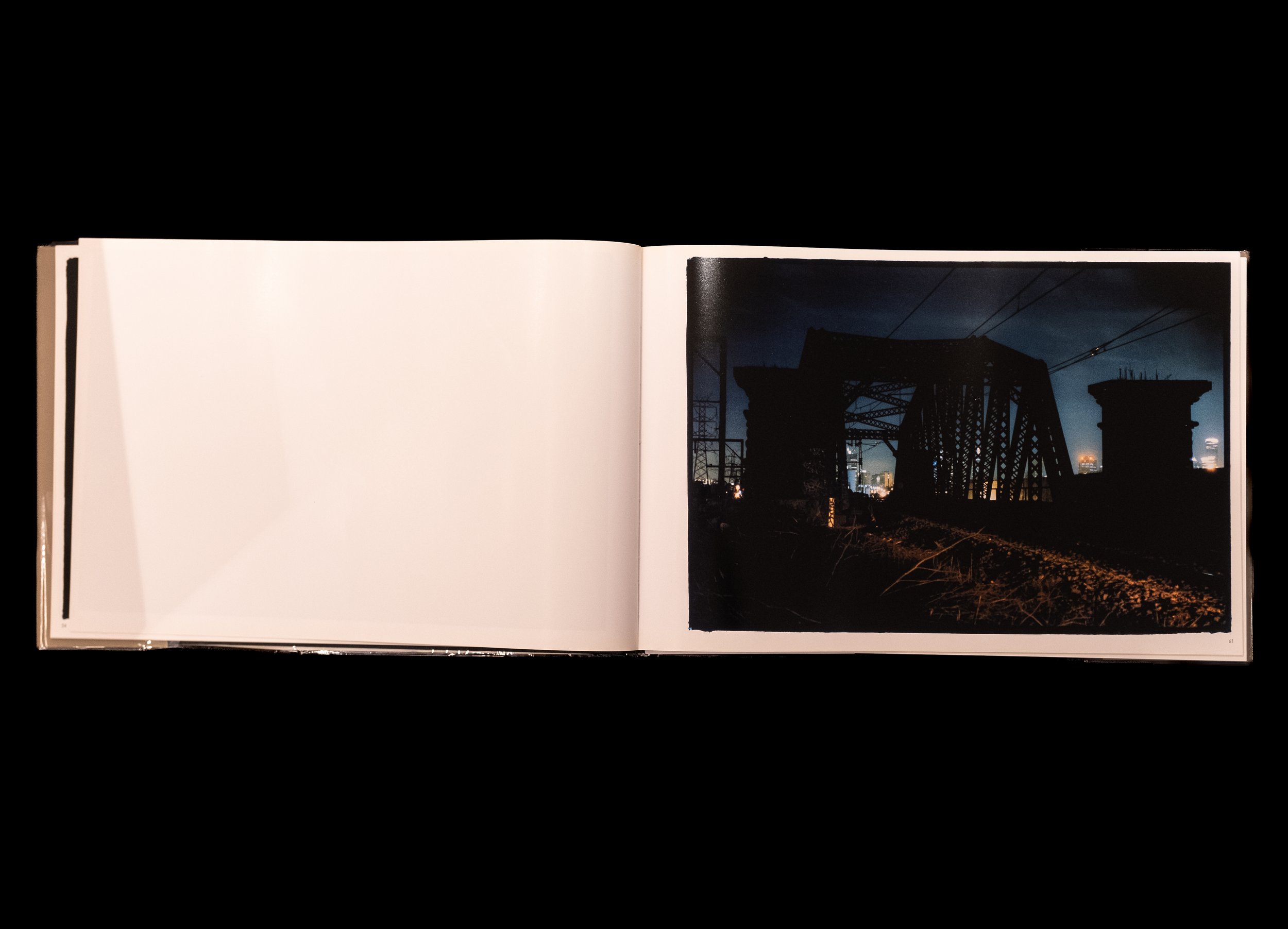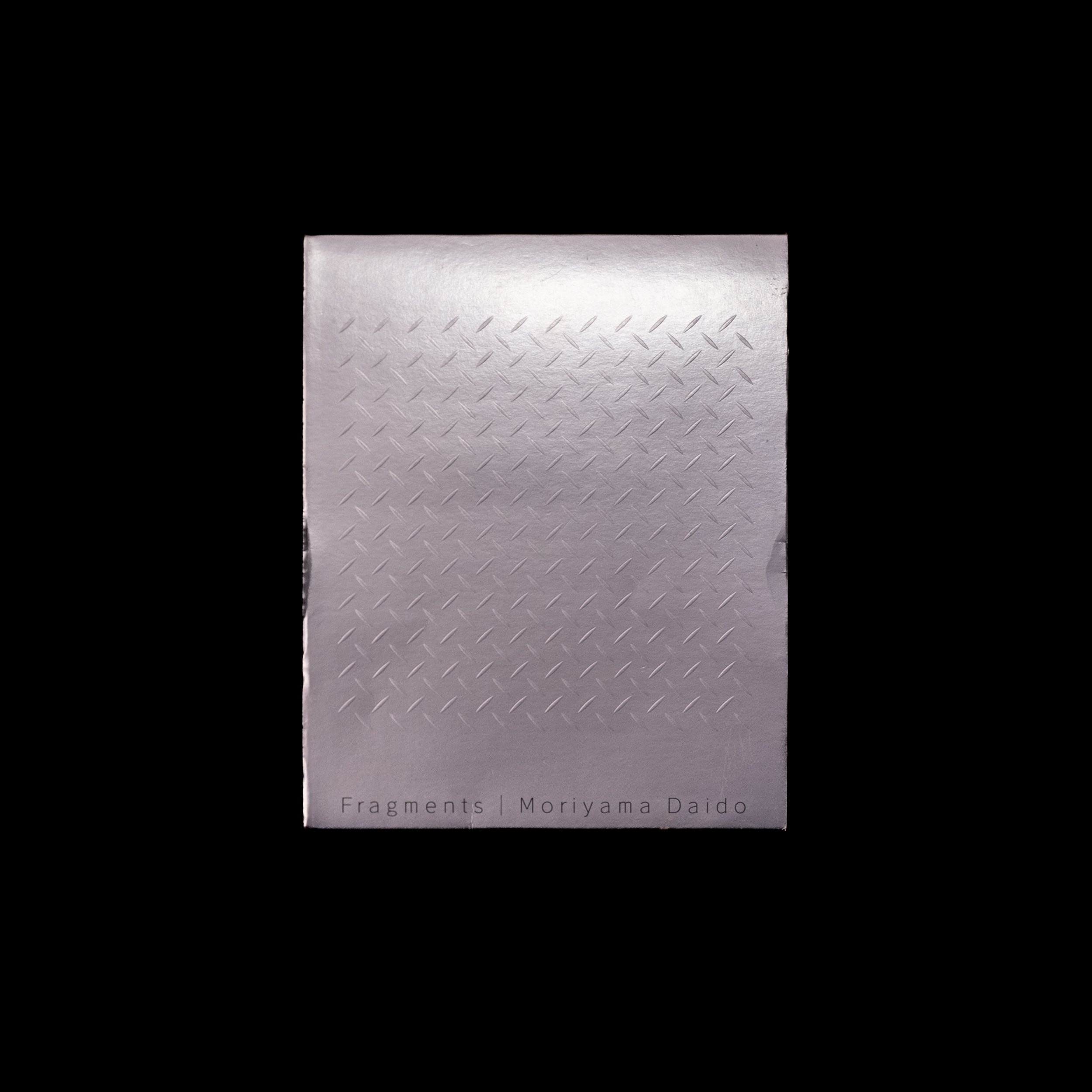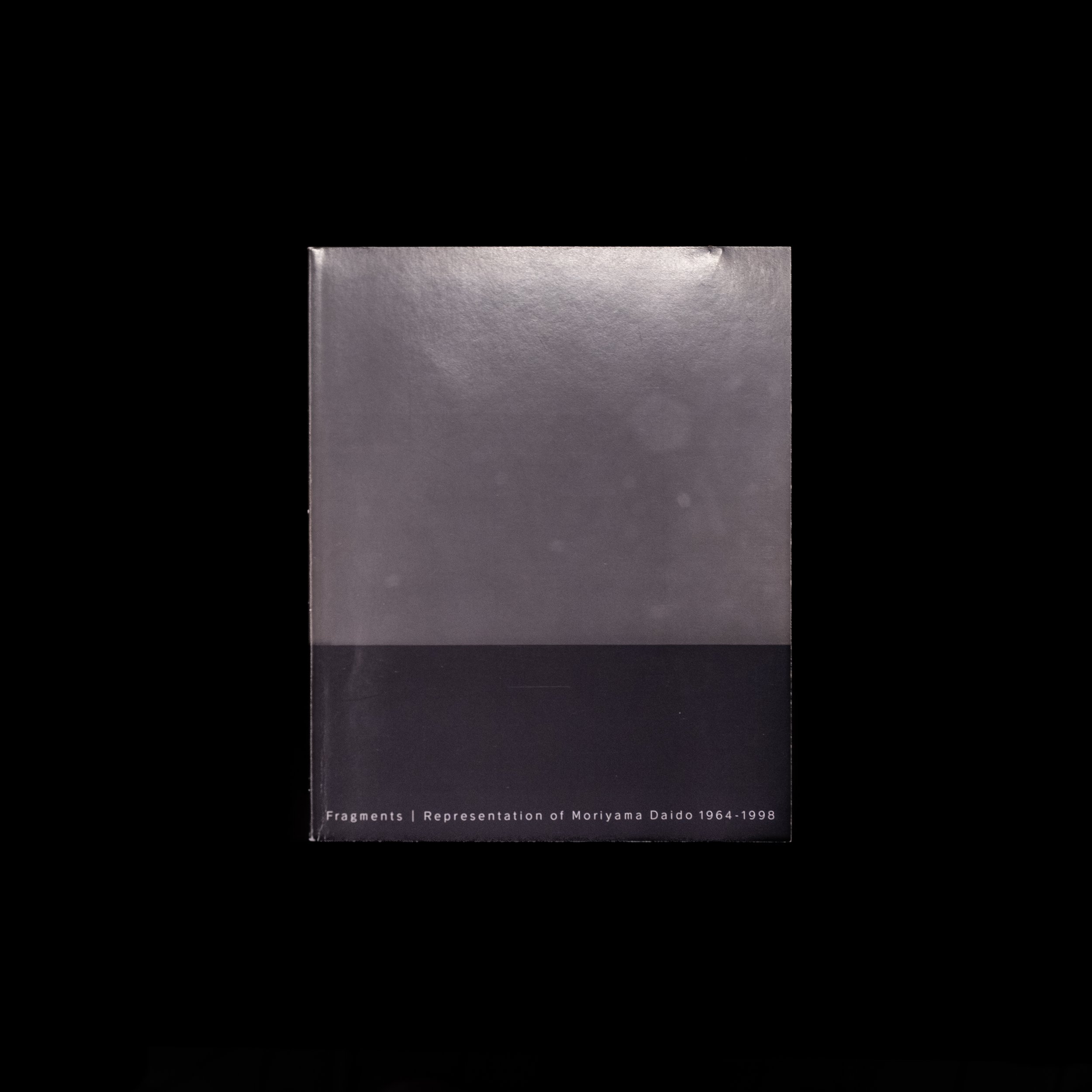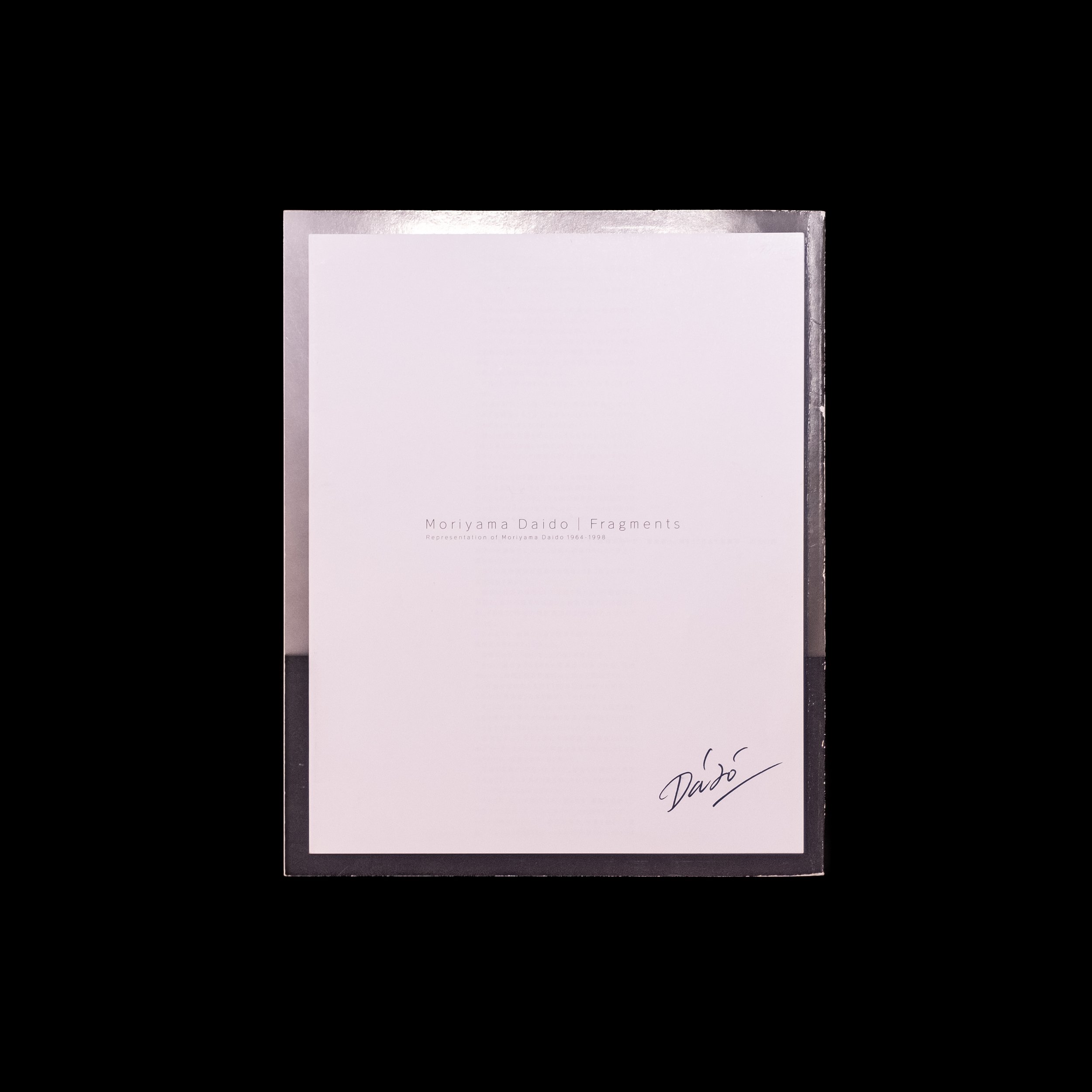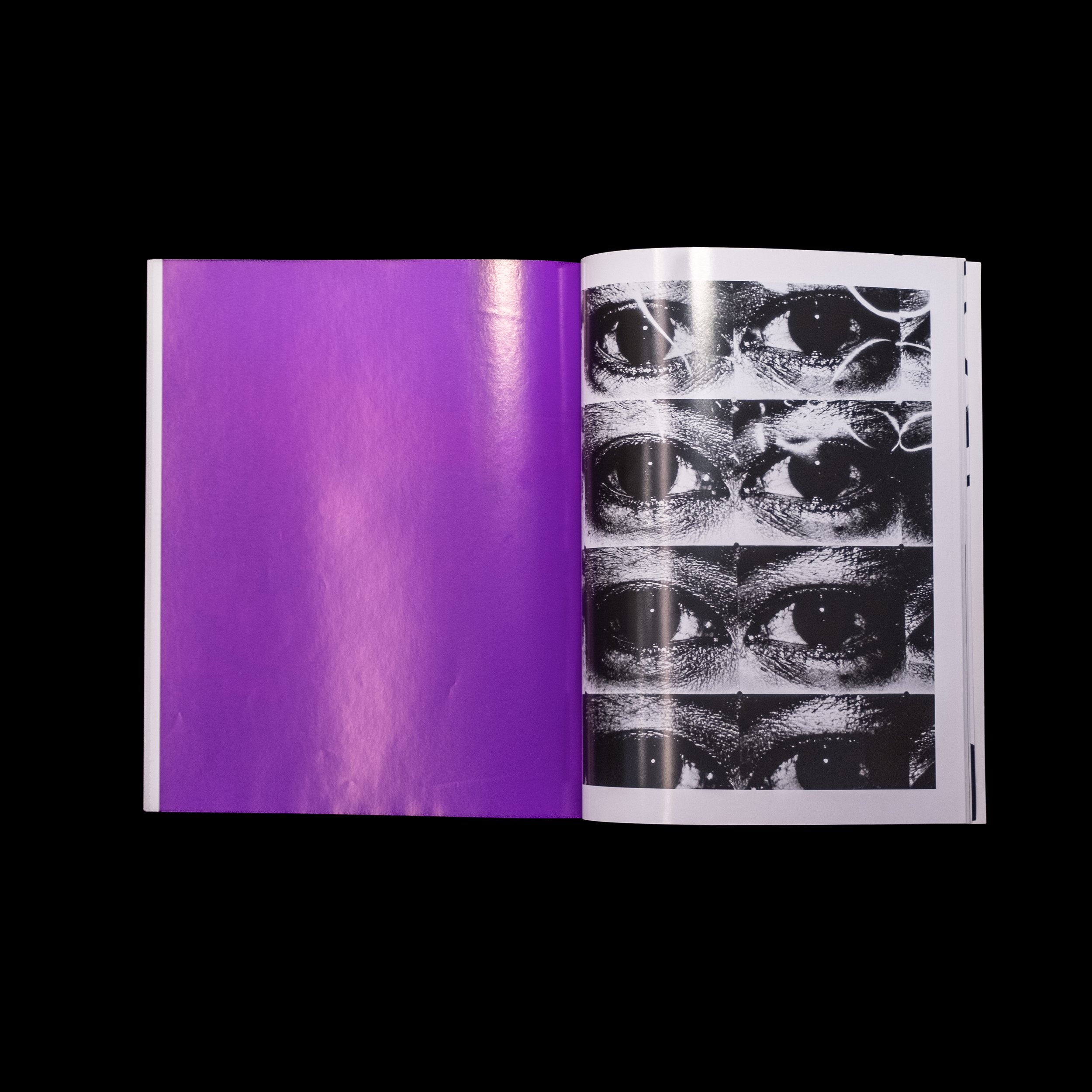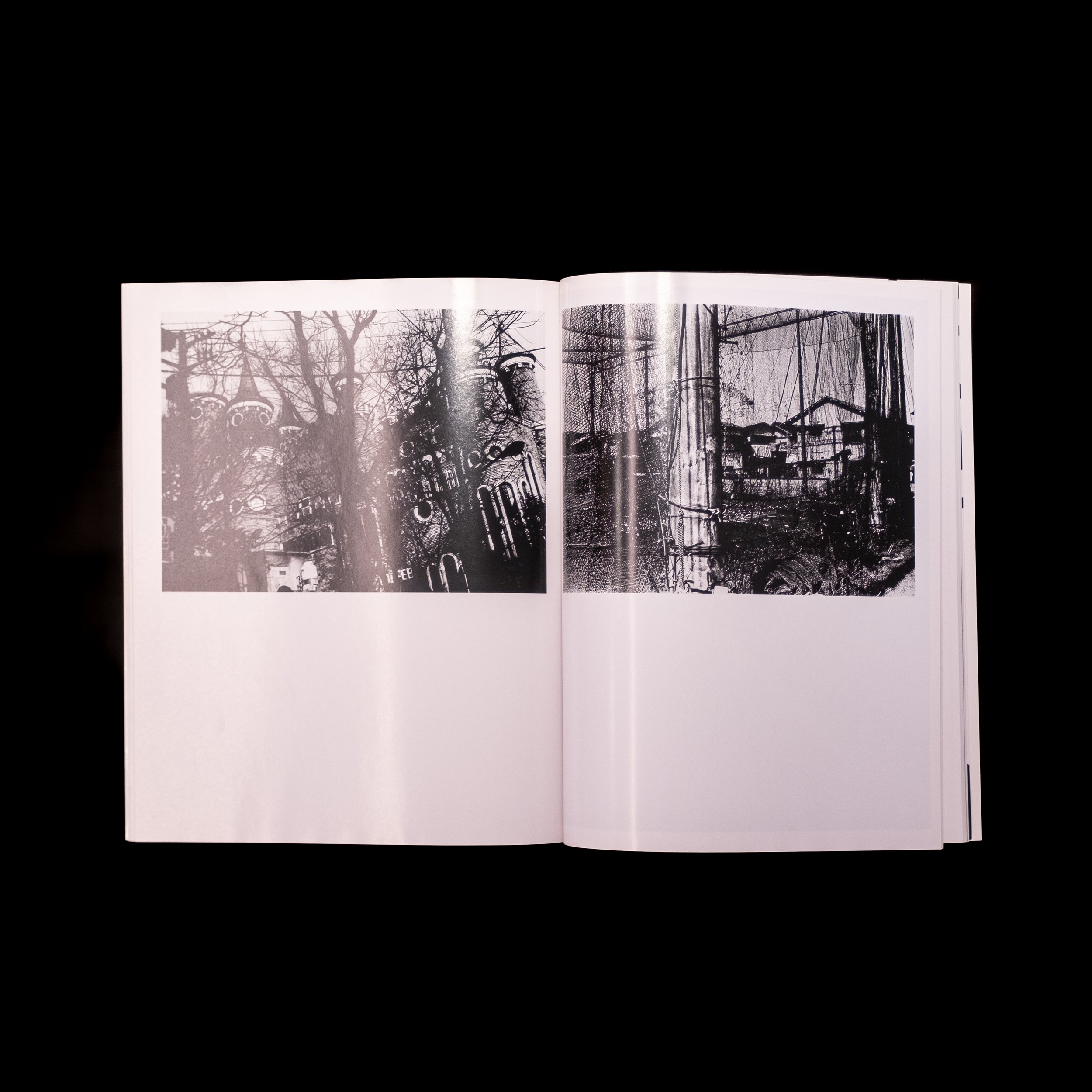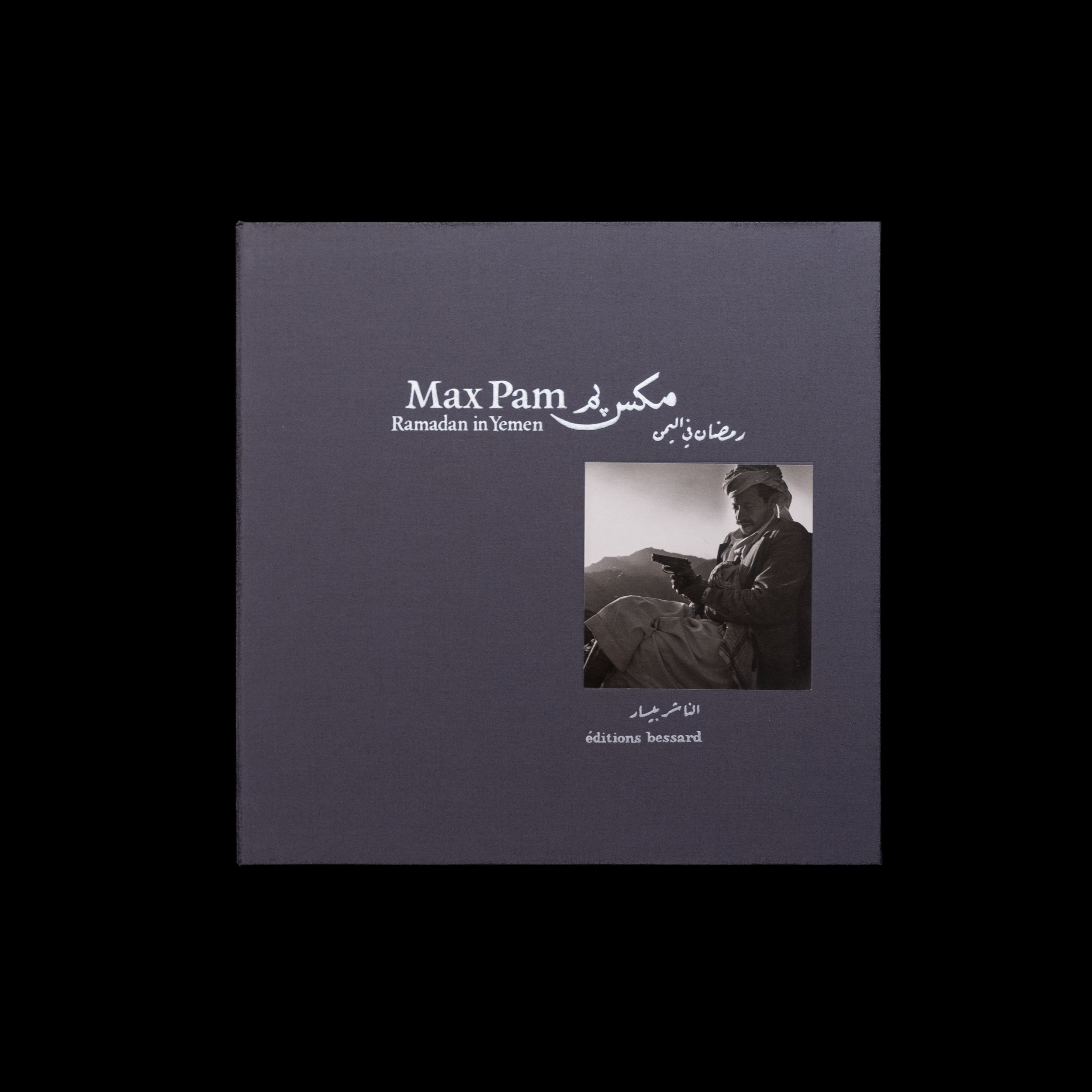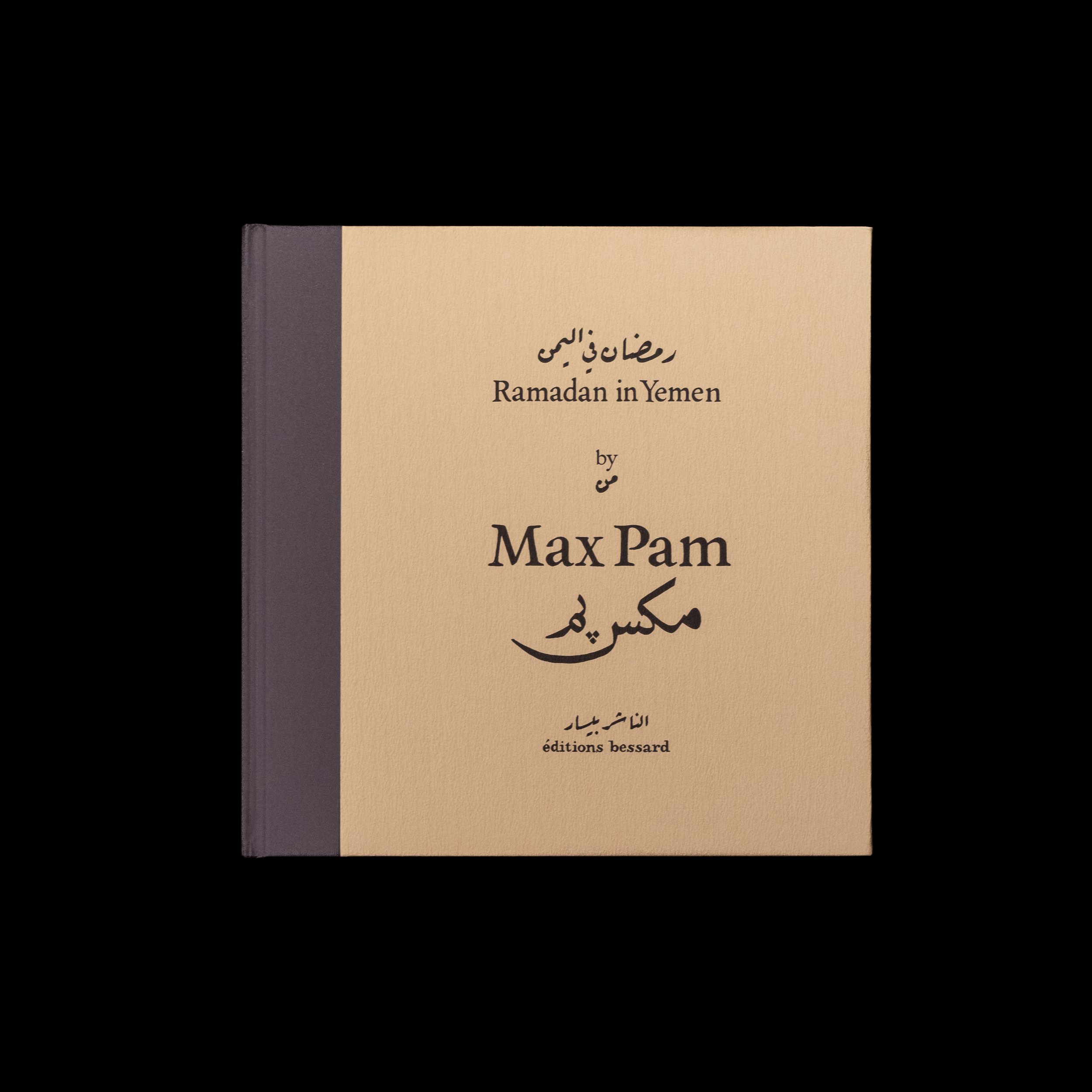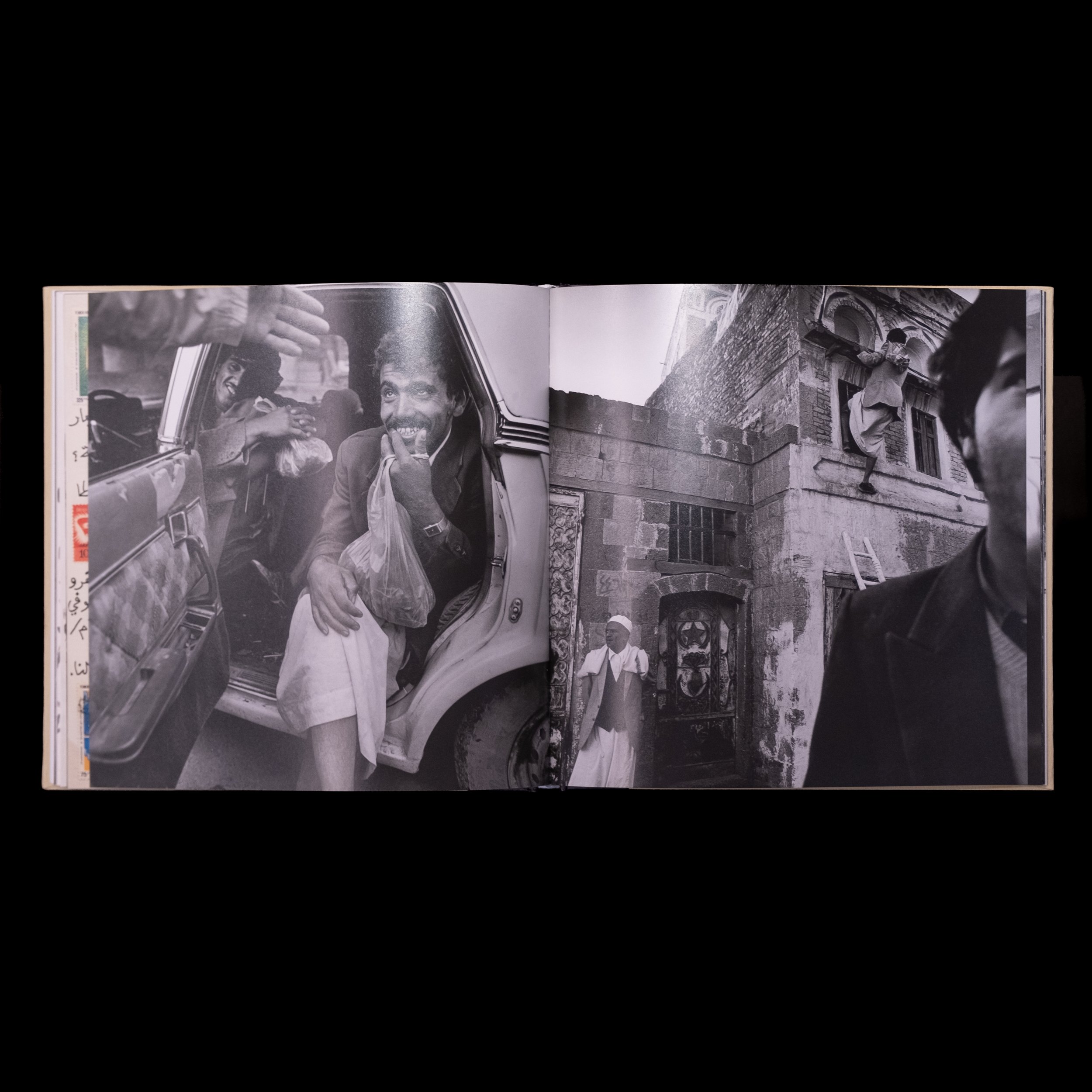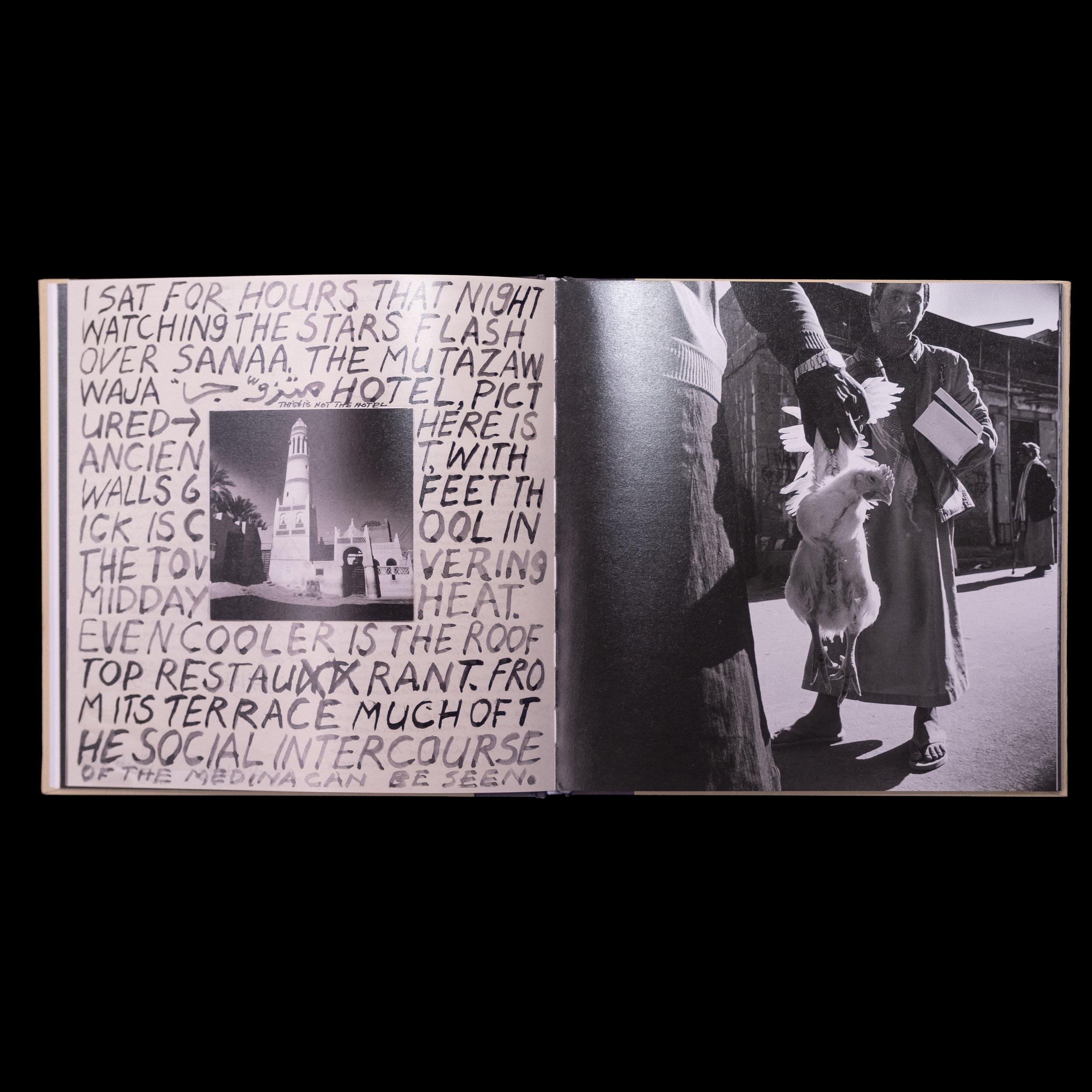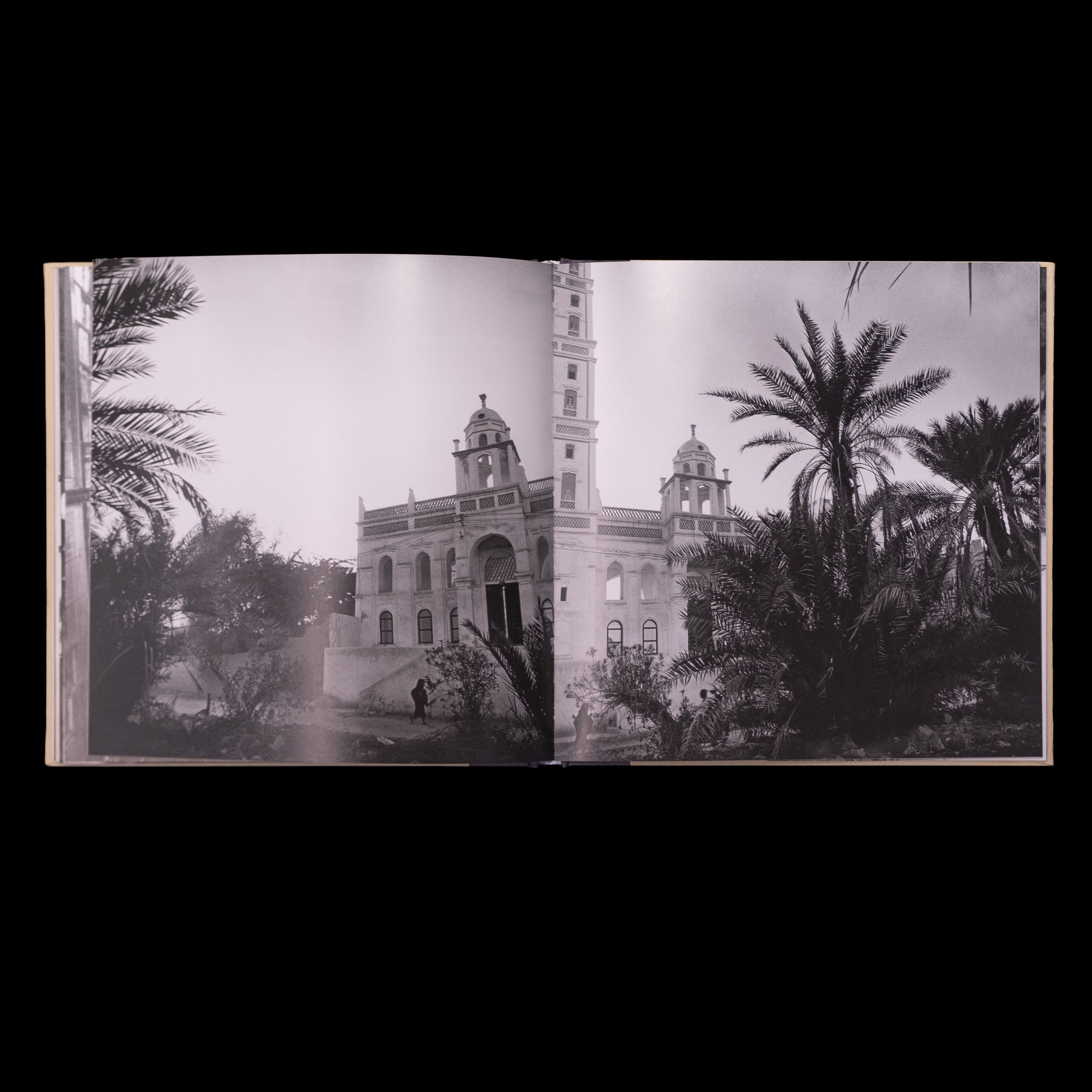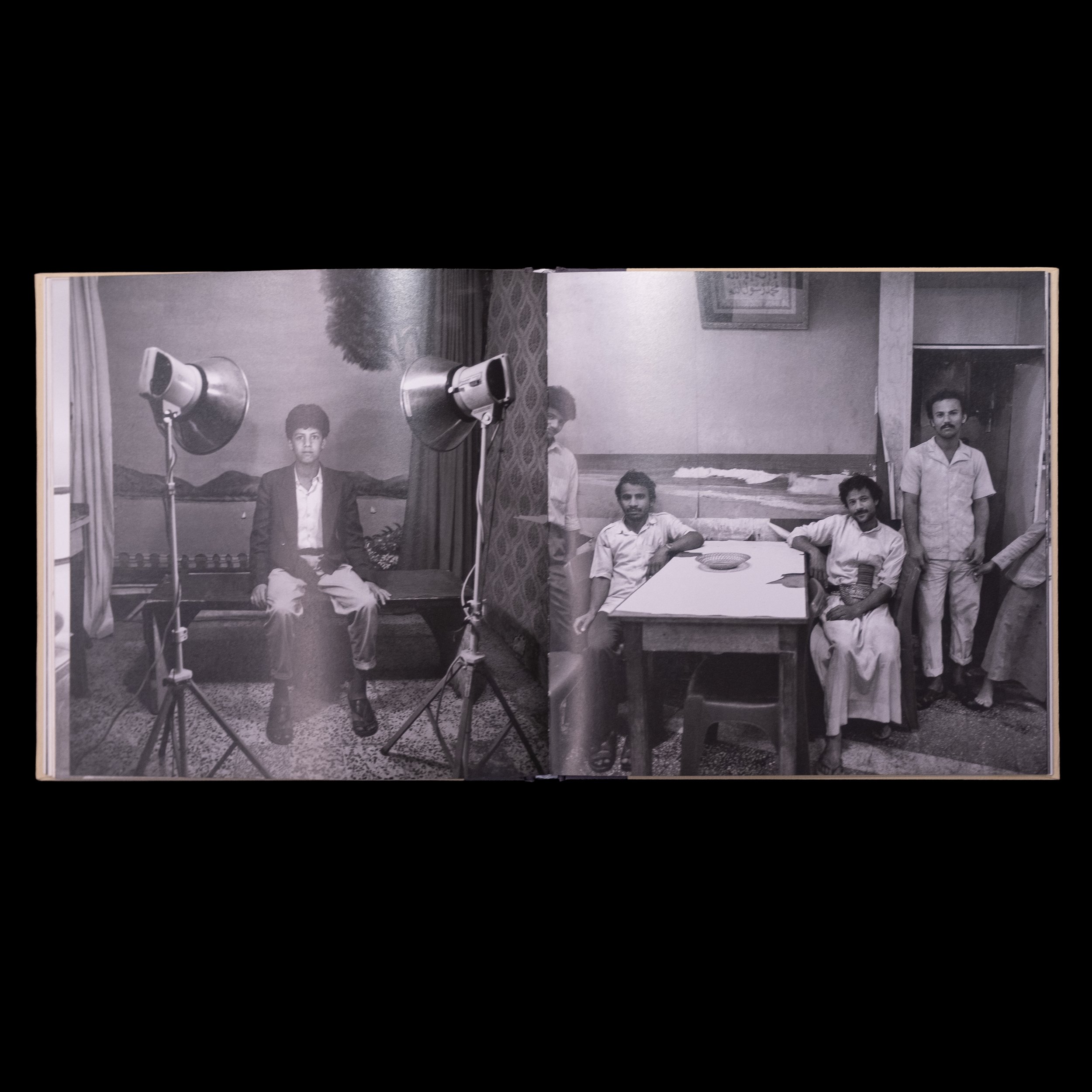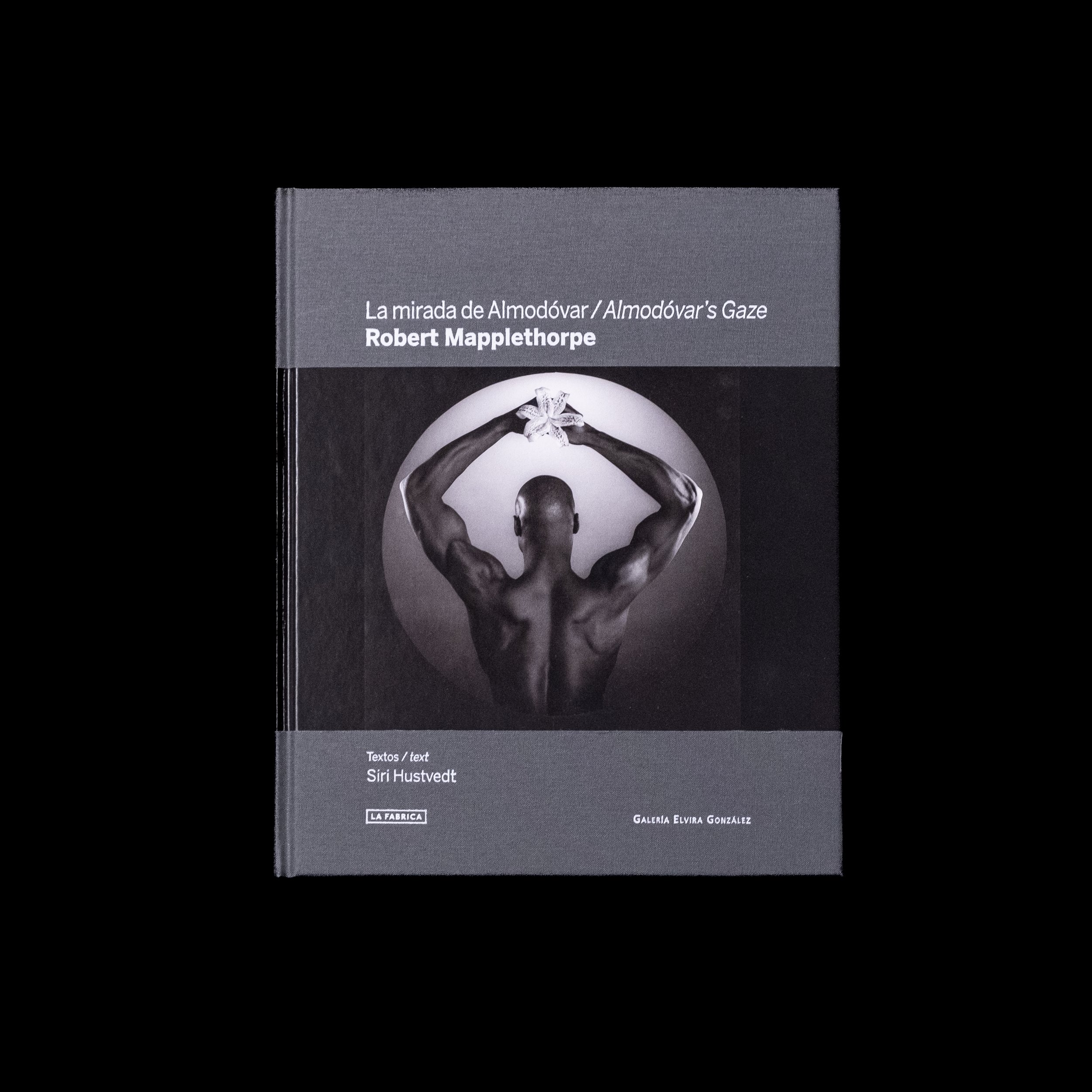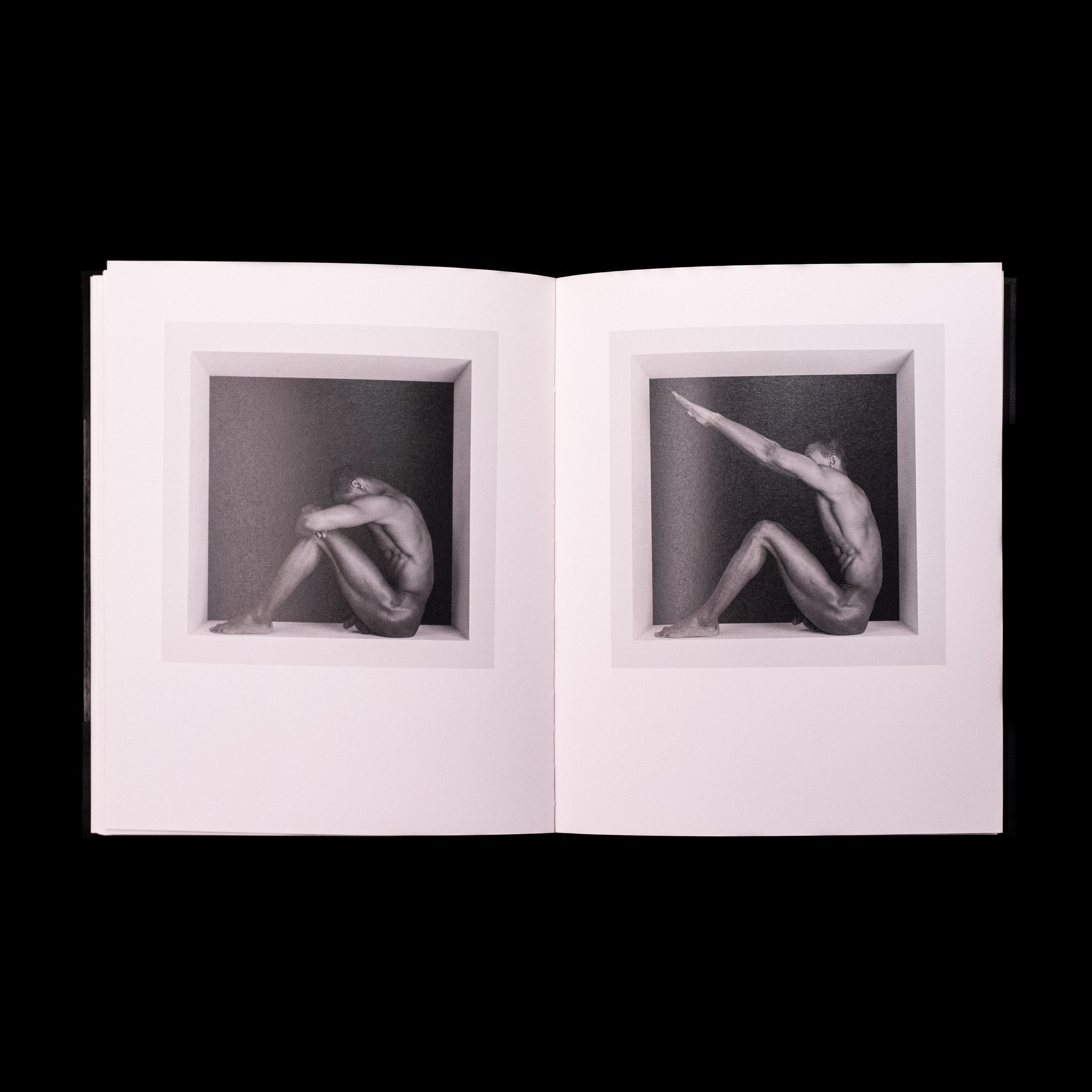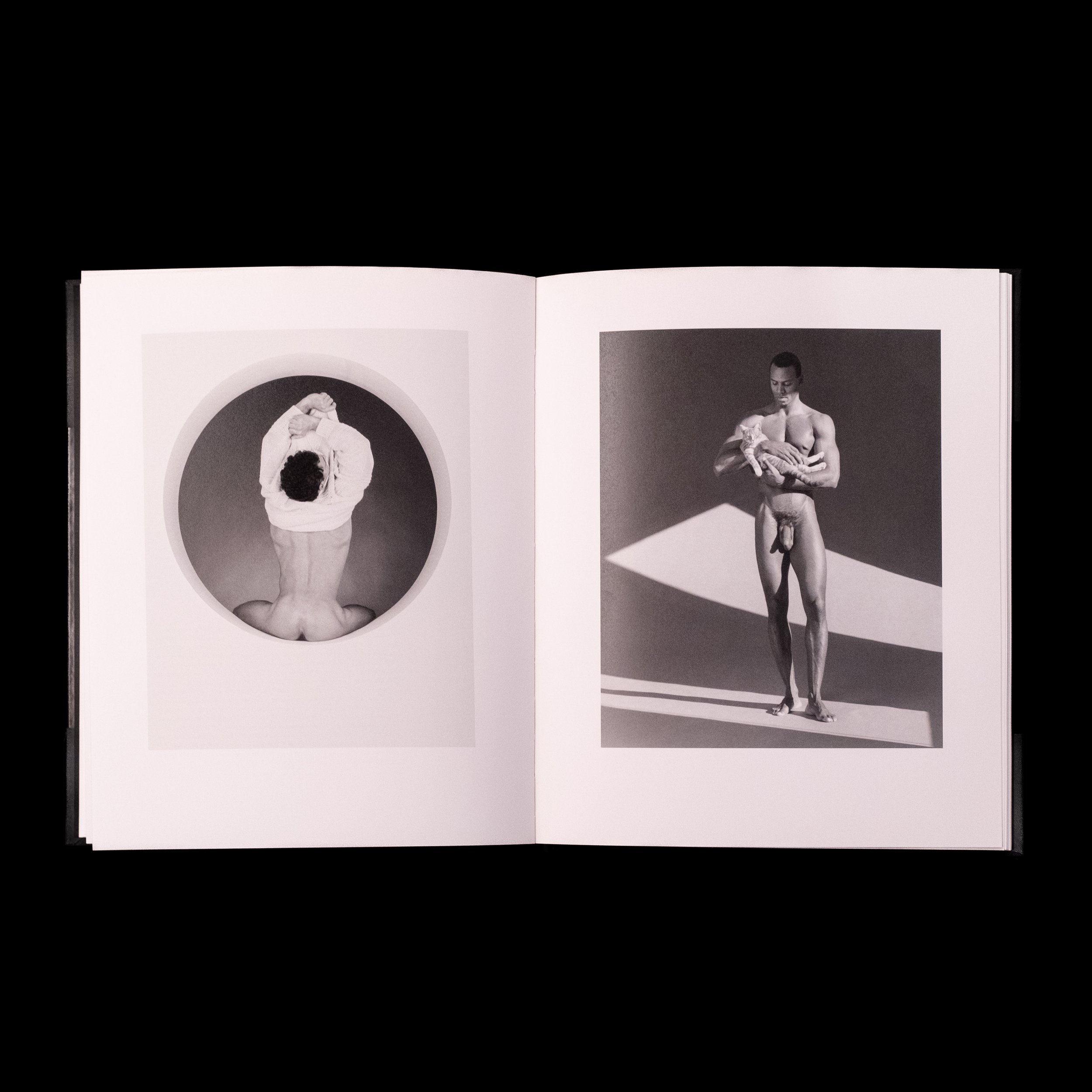 Image 1 of 4
Image 1 of 4

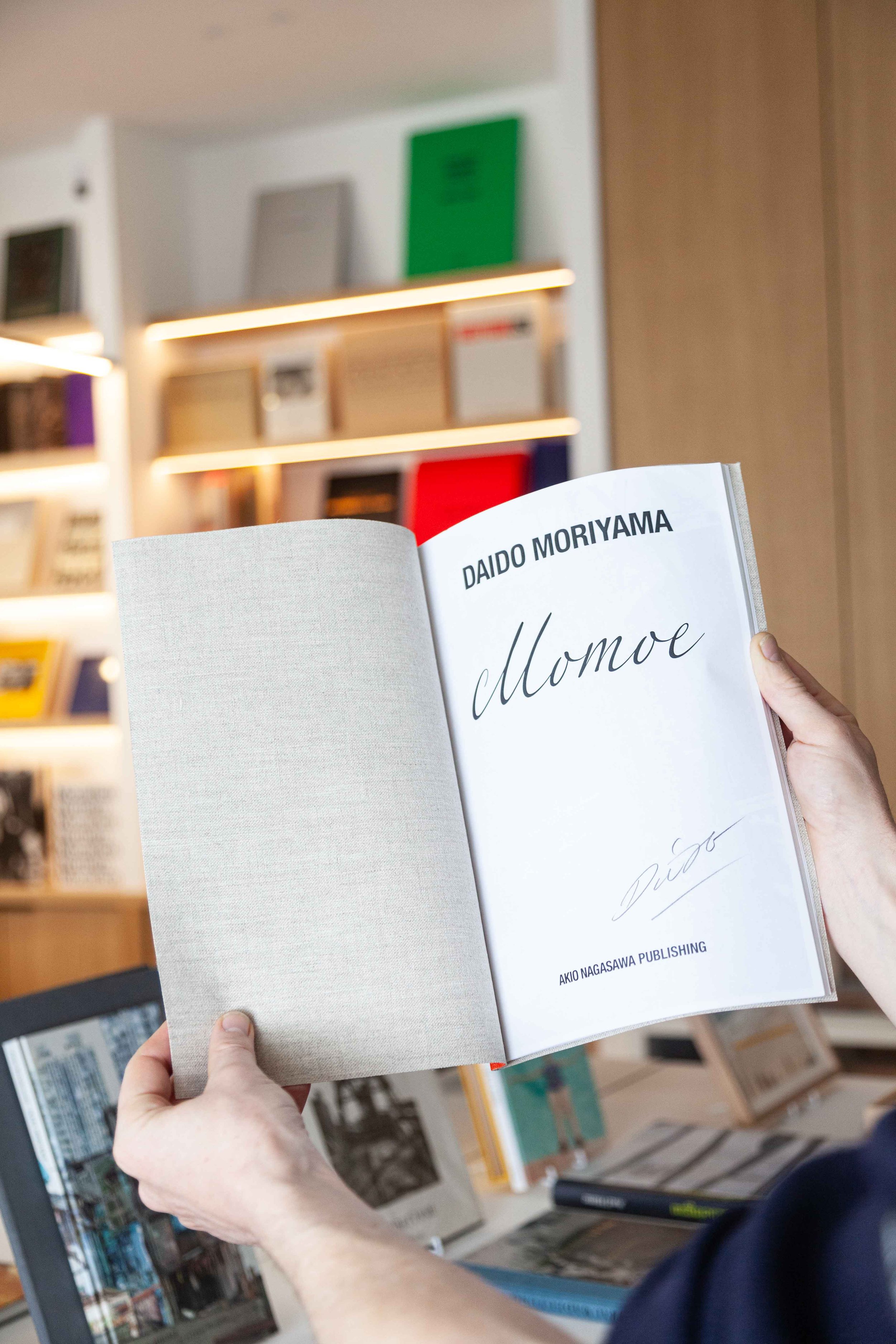 Image 2 of 4
Image 2 of 4

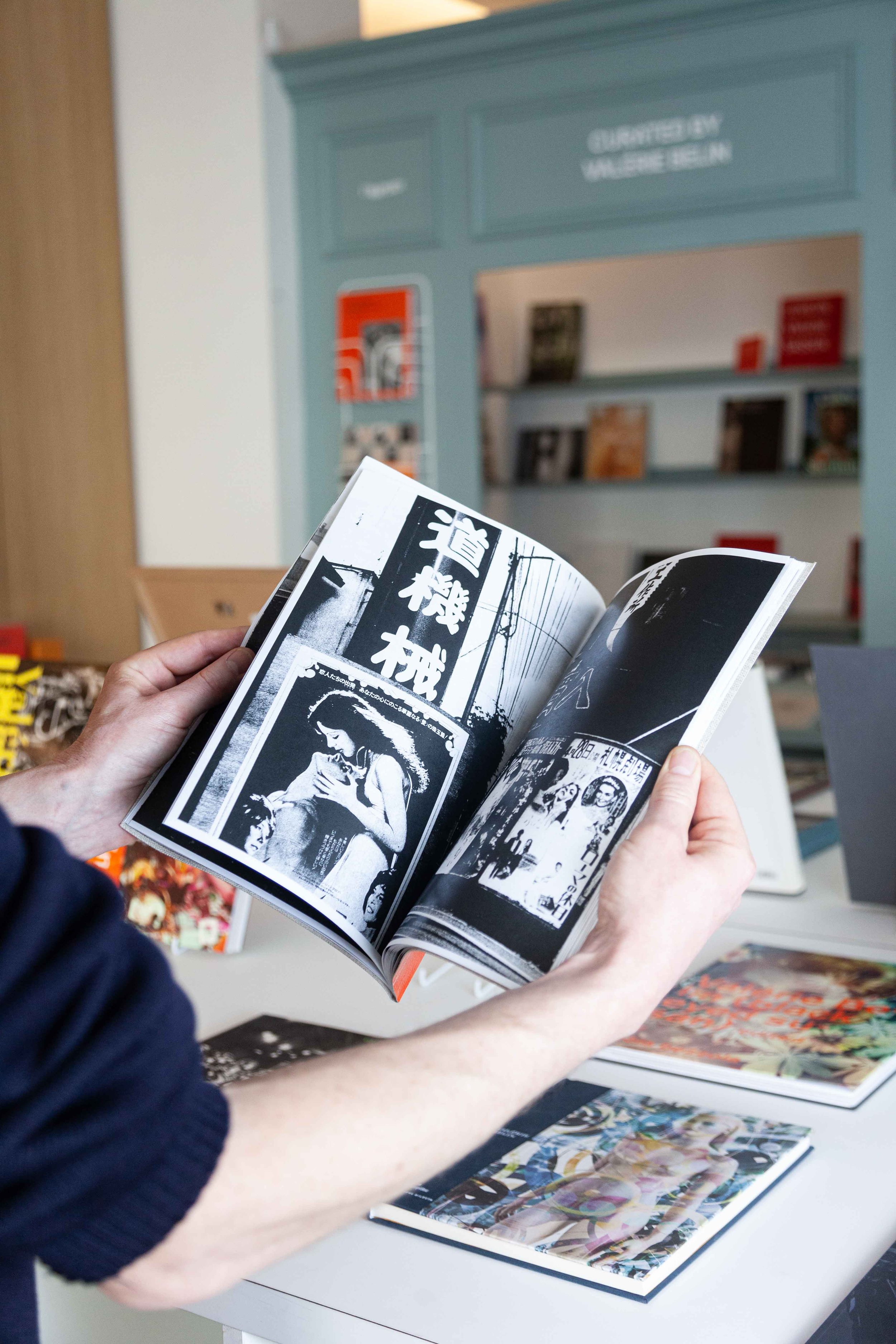 Image 3 of 4
Image 3 of 4

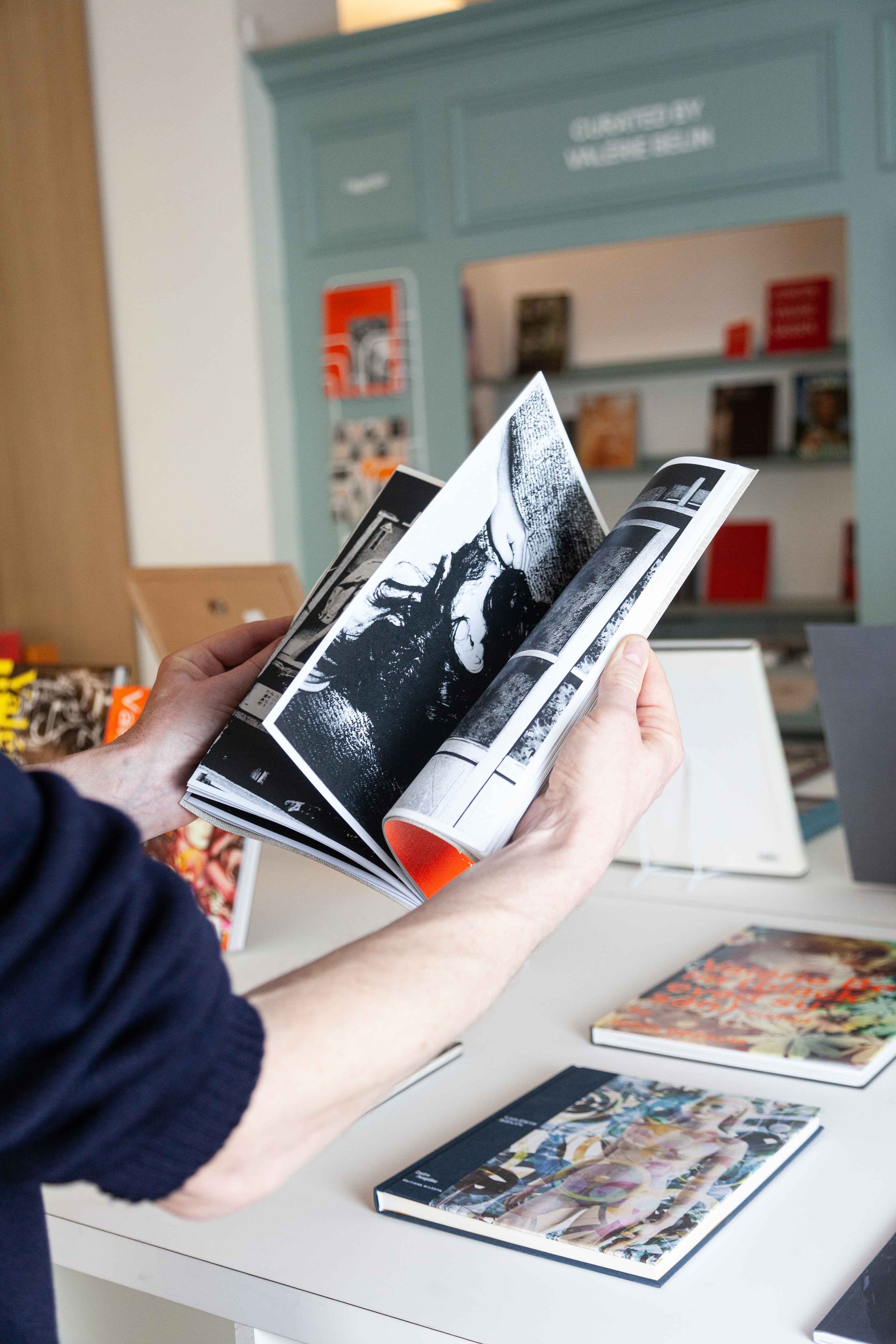 Image 4 of 4
Image 4 of 4





MOMOE - Daido Moryiama
Daido Moriyama (1938-) is a Japanese photographer best known for his high-contrast, high-grain black-and-white photographs. He was the leader of Provoke, a Japanese movement of the 1970s characterized by the use of instant photography. "Momoe" joins a series of four "Woman in the Night" books (Shinobu, Hiroko, Naomi, Yukari). Daido Moriyama likes to play with planes, for example by incorporating city markings, window reflections or advertising images, more or less faded, into his photos. Some photographs appear imperfect because they are blurred or overexposed.
Format: 29.7 cm x 21 cm
Published by Akio Nagasawa Publishing
Numbered and signed edition (27/350)
Daido Moriyama (1938-) is a Japanese photographer best known for his high-contrast, high-grain black-and-white photographs. He was the leader of Provoke, a Japanese movement of the 1970s characterized by the use of instant photography. "Momoe" joins a series of four "Woman in the Night" books (Shinobu, Hiroko, Naomi, Yukari). Daido Moriyama likes to play with planes, for example by incorporating city markings, window reflections or advertising images, more or less faded, into his photos. Some photographs appear imperfect because they are blurred or overexposed.
Format: 29.7 cm x 21 cm
Published by Akio Nagasawa Publishing
Numbered and signed edition (27/350)

